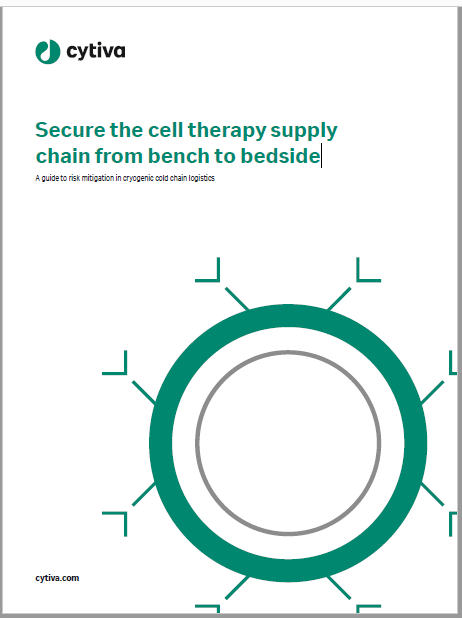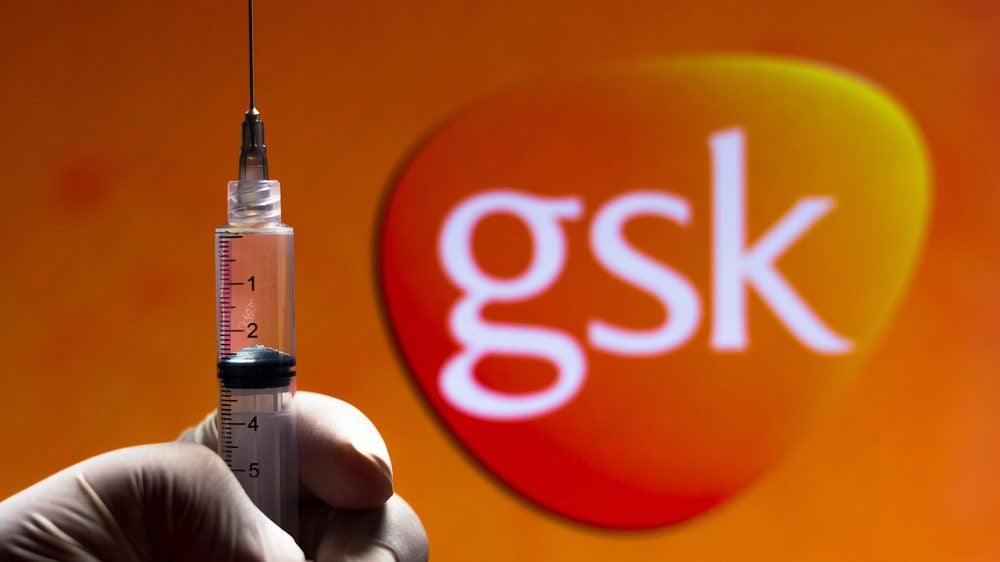For the first time in human history the possibility of immortality, or at least drastically prolonged lifespans, is real.
The question is, how will a society already struggling to deal with a rapidly increasing population cope with this imminent phenomenon?
Since the industrial revolution life expectancy has almost doubled as a result of numerous technological breakthroughs.
The steepest inclines in life expectancy have occurred following revolutions such as antibiotic development and vaccination programs1.
As the information age continues to expand and grow these technological advances are beginning to pale in insignificance to the healthcare capabilities we have now.
See Also:
It is now possible to reliably and accurately re-introduce immune cells that are designed to track and kill cancer cells, to edit viral DNA out of cells genomes and to grow organs that can replace diseased or aged ones.
How well do you really know your competitors?
Access the most comprehensive Company Profiles on the market, powered by GlobalData. Save hours of research. Gain competitive edge.

Thank you!
Your download email will arrive shortly
Not ready to buy yet? Download a free sample
We are confident about the unique quality of our Company Profiles. However, we want you to make the most beneficial decision for your business, so we offer a free sample that you can download by submitting the below form
By GlobalData20 years younger?
Elizabeth Parrish, CEO of BioViva, claims to have successfully used gene therapy to reduce the biological age of her immune cells by 20 years.
This was achieved by silencing one protein, myostatin, and enhancing genes responsible for the enzyme telomerase, which is responsible for fixing our genetic code when our cells divide.
Although some scientists have scorned Parrish’s reported results the scientific principle remains sound, and the technology does exist.
It is more a question of whether correct procedure was followed than whether this technology is useful2.
Researchers at Harvard University also recently published a paper investigating the role of Nicotinamide adenine dinucleotide (NAD), a ubiquitous co-enzyme found in all living cells in DNA repair and resistance to damage from radiation and chemotherapy drugs.
The research team was keen to point out that what is beneficial in mice may not always be beneficial in humans.
Nonetheless, there was cautious optimism from Professor David Sinclair, who said “Our results unveil a key mechanism in cellular degeneration and aging, but beyond that they point to a therapeutic avenue to halt and reverse age-related and radiation-induced DNA damage”3.
What does this mean?
By 2030, over 800 million jobs could be lost to automation worldwide, a trend that, like life expectancy, will only increase with technological advancements4.
Some countries like Finland are currently experimenting with a universal basic income, which has so far allowed people to re-train and get back into work and attracted endorsements from futurists such as Elon Musk and tech giants like Mark Zuckerberg5.
Although this idea may seem outlandish to some and the full results will not be published until the end of 2018, there is clear sense in allowing people the means to take care of their own health and needs to reduce the long-term burden on health and welfare systems as people live longer and work less.
Cell & Gene Therapy Coverage on Clinical Trials Arena supported by Cytiva.
Editorial content is independently produced and follows the highest standards of journalistic integrity. Topic sponsors are not involved in the creation of editorial content.










Related Company Profiles
Harvard University
Elon Musk